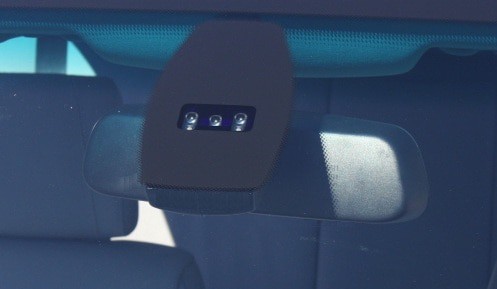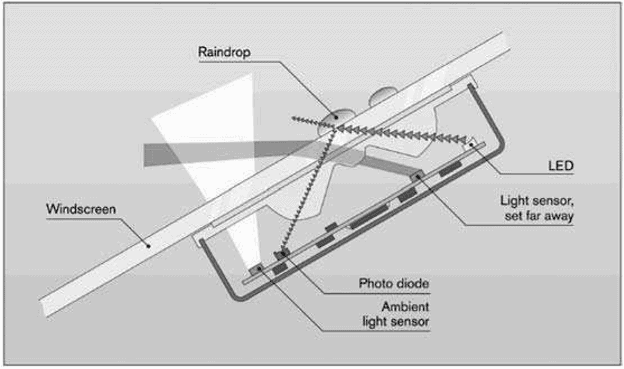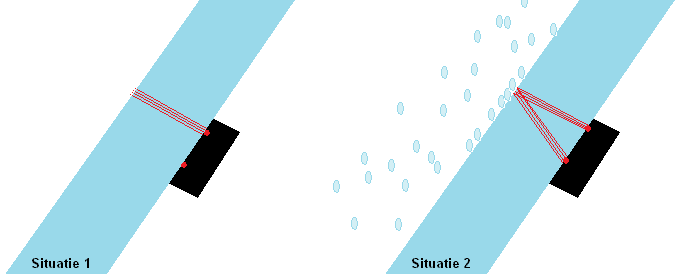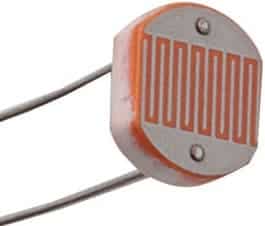Subjects:
- Rain / light sensor general
- Rain sensor operation
- Light sensor operation
Rain / Light sensor:
Today, more and more light sensors are being used in cars. These sensors measure the amount of (sun) light that hits the windscreen of the car shines. On the basis of this, the sensor switches the lighting of the car on or off.
The light sensor is mounted behind the interior mirror. Usually the cars with a light sensor also have a rain sensor. These are then located next to each other in one housing. That is why both sensors are discussed on this page. The rain sensor measures the light transmittance on the windscreen, which changes due to reflections when there are water droplets on the windscreen.


Rain sensor operation:
The rain sensor detects whether there is moisture on the windscreen. As soon as moisture or drops are detected, the rain sensor controls the windscreen wipers.
The image shows two situations:
Situation 1: It's dry. The rain sensor emits infrared light through the windshield to the outside. It does not reflect back, so the rain sensor does not control anything.
Situation 2: It rains. The raindrops hit the windshield and the direction of infrared light rays is disrupted. The raindrops act as a kind of mirror / magnifying glass, so that the infrared light reflects back through the windscreen to the rain sensor. The rain sensor recognizes this and controls the windshield wipers.

The rain sensor is also able to measure the intensity of the moisture content; during a heavy rain shower, the 2nd or the 3rd position of the wiper motor is switched on. However, there is also a drawback. Once the wiper blades are slightly worn, a trace of moisture may remain on the windshield after wiping. As a result, the rain sensor continues to detect moisture on the windscreen and continues to control the wipers, even though it has stopped raining for a long time.
Light sensor operation:
The light sensor is mounted behind the interior mirror together with the rain sensor. The light sensor is also called an LDR; Light Dependent Resistor (light dependent resistor). The LDR is an electrical sensor whose internal resistance changes with a change in light intensity.
The resistance decreases in bright light and increases in low light.
As with the chapter the law of wan ohm is discussed, the resistance changes the current of the electrical circuit. That means that as the resistance decreases, the current will increase. The LDR is connected to a control unit, which measures the amount of current coming from the LDR.

During the day with a lot of sunlight, the resistance will be high, so the amperage will be low. The control unit leaves the vehicle's lights turned off. As soon as it gets dark, or when driving into a dark space (a tunnel or a parking garage), the resistance value of the sensor changes. This decreases, the current increases and the control unit determines on the basis of this data whether the lighting should be switched on.
When driving out of the tunnel, the control unit deliberately ensures that the lighting remains switched on for between 5 and 10 seconds, otherwise the lighting would constantly switch on and off with varying light incidence. This would not only be a nuisance for the driver and other road users, but it would also shorten the life of the lamps.
